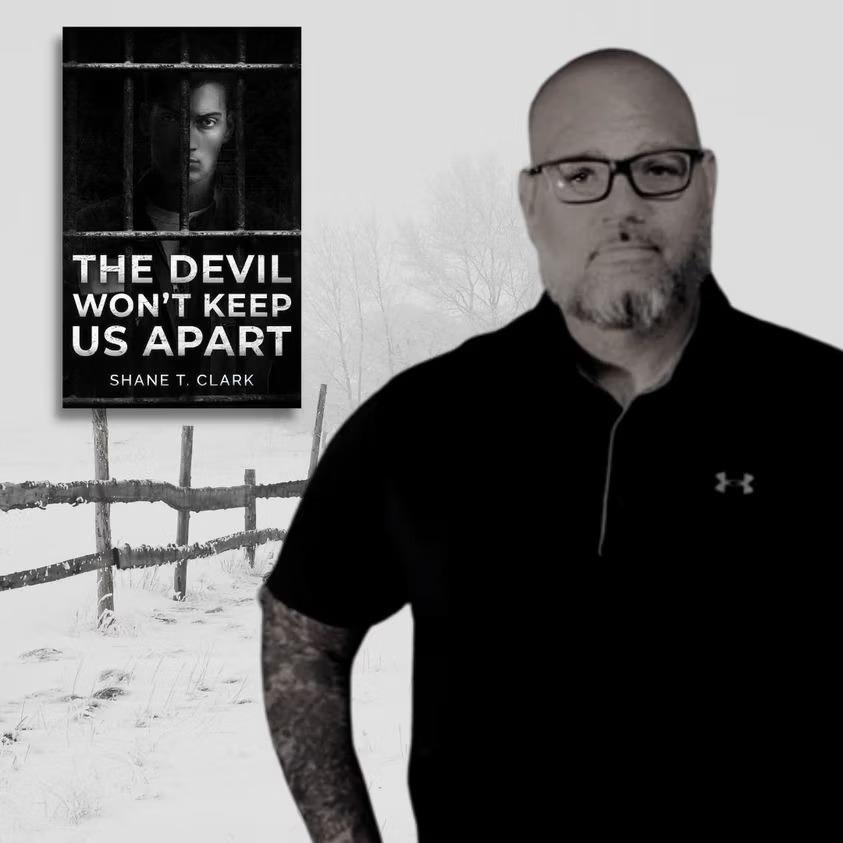“Focus on the journey, not the destination. Joy is found not in finishing an activity but in doing it.” -Greg Anderson
It is the writer’s responsibility to create this journey for their readers. If not, the written word is nothing more than a pamphlet in the seat cushion on an airplane. There are various ways to create suspense in novels, but one constant remains, the central characters of the novel must experience a transformation from their creation to the climax.
Take the reader down the dirt road and over the mountain to get to the destination. Heck with the smooth highway, play the long game. Introduce the main characters and slowly develop them by throwing obstacles in their way as a catalyst for growth and change. This can be impactful in several ways. Obstacles create short term and immediate suspense for the reader as they journey to the bigger reveal at the end of the story. It keeps them engaged and wondering what is next. This gives the writer opportunities to transform their characters through reactions to these obstacles. Most importantly, these reactions lead to a relationship being built between the characters and the reader.
Changing pacing of the story helps develop suspense. In the suspense thriller genre, action has a prominent role in novels. Frank Bill’s Donnybrook, short and direct sentence structure pushes the reading and speeds up the picture in the mind. Readers visualize what they are reading. Short sentences are a good way to help the readers read faster and see the action play out in the mind. Longer sentences, such as in the works of Cormac McCarthy, offer opportunities to develop characters and setting. Using the change of pace helps advance the structure of the story.
Traveling the dirt road can be mundane if the setting does not offer something to look at, something to  catch the eye. When the reader is taken on the long journey, it better be literally “the scenic route.” Each chapter, or as I call it “scene”, needs to offer something new to the reader. A novel is short stories brought together with an epic ending. Offer something new about the characters as the reader grows with them. Building complexity in characters requires new relationships and obstacles for the characters to overcome. I’m a fan of sporadically using flashbacks to show the readers the backstory of characters. It helps the readers feel the experiences of the characters. And they provide tears and exhales as readers learn about why the characters value certain things, develop their moral code, or react in situations.
catch the eye. When the reader is taken on the long journey, it better be literally “the scenic route.” Each chapter, or as I call it “scene”, needs to offer something new to the reader. A novel is short stories brought together with an epic ending. Offer something new about the characters as the reader grows with them. Building complexity in characters requires new relationships and obstacles for the characters to overcome. I’m a fan of sporadically using flashbacks to show the readers the backstory of characters. It helps the readers feel the experiences of the characters. And they provide tears and exhales as readers learn about why the characters value certain things, develop their moral code, or react in situations.
Opening the wounds of your characters’ past offers opportunities to further humanize your characters. Readers need to love your characters. Love them like Annie Wilkes, in Stephen Kings’ Misery. Nonlinear storytelling helps keep the tension high in the readers. Think about telling the reader about why your character is the way he/she is and them feeling it through them experiencing in a flashback. Showing the backstory offers a glimpse of the past. Telling lacks the feeling you are aiming to achieve. I can tell you all the reasons why Donald Ray Pollock’s The Devil All The Time is a great novel. However, you need to experience it to understand.
Are we there yet? How much longer? It is inevitable, a Sequioa tree is majestic and all inspiring, but how many is enough before you are over it. Look kids! Yeah, Dad, another big tree. Singular focus on one character can lead readers to be overwhelmed and/or get bored with the story. One way to keep the interest on the dirt road is to offer dual protagonists. Two lead characters with their own past and direction with a connected ending. In the suspense thriller genre, the main character is most likely going to be beaten and bruised in various ways throughout the novel. It can be psychological, emotional, or physical, you don’t want the reader to be overwhelmed.
Dual protagonists with individual arcs and a unique voice offers ways to build suspense. You don’t want your protagonists to be the same tree. Give them individual arcs and obstacles. Don’t be redundant and create two characters that are basically the same. It can be tricky. The alternating between protagonists must come together at some point of the story. More importantly, it must make sense to the readers.
There is more than one way to reach a destination. Why hurry? The destination is more satisfying through seeing the beauty of the journey. Flashbacks, pacing and sentence structure, parallel protagonists are a few ways to develop complexing characters and build suspense your readers can grow with and love as their own.
Follow the author
The Devil Won’t Keep Us Apart
Some vendettas can never be forgotten…
When Sherman Rehabilitation Center suffers its first murder in decades, authorities race to find a motive as the media swarms. The brutality is unprecedented, even in a prison setting. One week later, eighty-seven-year-old Elmer Ray walks into the local Ohio Highway Patrol Post, claiming he has the answers. First, they need to hear about the two most interesting people in the world: Adrian Franklin and Conner Wallace.
 Adrian Franklin, the young neighbor of Elmer Ray, lived a troubled life of neglect and abuse. He had a bad haircut and a worst nickname. The older man tries to take the boy under his wing in a way no one else has ever done. For Adrian, most see a quick temper and lost soul. Elmer sees something different in him, a sense of loyalty and a yearning to feel loved.
Adrian Franklin, the young neighbor of Elmer Ray, lived a troubled life of neglect and abuse. He had a bad haircut and a worst nickname. The older man tries to take the boy under his wing in a way no one else has ever done. For Adrian, most see a quick temper and lost soul. Elmer sees something different in him, a sense of loyalty and a yearning to feel loved.
Conner Wallace, a British National, a drifter on a motorcycle, and a pugilist with a quick wit, roamed the west and lived by an unbreakable moral code that got him in more trouble than he bargained for. After a five-year bit in a Nevada prison, he finds a safe haven in the underground fight scene on the shores of the Pacific Ocean.
What does a young boy and foreigner have to do with a brutal prison murder in the sleepy town of Sherman, Ohio? Only Elmer Ray knows the answers. And he isn’t giving them until the Post Commander hears how their lives converge with an Appalachian drug dealer, a sexual predator, and a mob boss to influence the brutality in that prison cell.
The Devil Won’t Keep Us Apart is a shocking and raw account combining a coming-of-age tale with a disturbing psychological thriller.





















